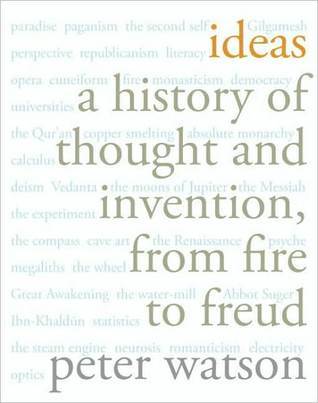In the first place, in November 1895, Wilhelm Röntgen, at Würzburg, observed that when the cathode rays hit the glass wall of a cathode-ray tube, highly penetrating rays were emitted, which he called X-rays (because x, for a mathematician, signified the unknown). The X-rays caused various metals to fluoresce and, most amazingly, were found to pass through the soft tissue of his hand, to reveal the bones within.
Welcome back. Just a moment while we sign you in to your Goodreads account.


